Gas separation using porous carbon fibers with continuous pore structure
Toray Industries, Inc.
Outline
Toray has created the world's first porous carbon fiber with nano-sized continuous pore structure. By using the newly developed material as a structural support layer for gas separation membranes, the weight and size of high-performance membranes used for greenhouse gas (CO2) separation and hydrogen production can be reduced, and the separation performance can be enhanced. Toray will promote further research and technological development of this material, along with application development. The aim is to cooperate with external partners in order to promote carbon recycling, and to help realize an energy-saving society powered by hydrogen.
Description
Generally, an absorption or adsorption method is used to separate various gases such as carbon dioxide, biogas, and hydrogen however these methods need large equipment and consume considerable energy. For this reason, membrane-based gas separation methods have attracted attention and are being researched, but there is still no membrane with both gas separation performance and durability in practical use.
Toray’s new material is chemically stable because it is made of carbon and offers high levels of gas permeability. Also, because it employs thin and flexible fibers, if it were used to support gas separation membranes, a large number of membranes could be housed in a compact and lightweight module. Toray aims to establish the technology needed to produce this material for practical applications.
By combining this material with various gas separation functional layers, a variety of high-performance separation membranes could be created to help realize a sustainable society. They could be used for applications such as natural gas and biogas purification, as well as hydrogen production. The use of such a high-performance separation membrane could enable CO2 to be separated and collected with high efficiency.
Toray created the new material by combining its polymer technology with its carbon fiber and water treatment technologies, which boast top market shares. Thanks to its strength in polymer technology, Toray was able to produce a porous carbon fiber in which all the pores and carbon are uniformly continuous. This pore structure can be scaled as desired from the nano to the micro level. Porous carbon fibers that are hollow in the center can also be produced.
Supplementary information
Toray Group Sustainability Vision
https://www.toray.com/sustainability/pdf/sustainability_e.pdf
Other Innovation Challenges
Better Energy Efficiency with Carbon Fiber Composite Materials
Toray Industries, Inc.
Helping to realize a clean energy society with hydrogen utilization technology
Toray Industries, Inc.
Helping to reduce CO2 emissions through seawater desalination using RO membranes
Toray Industries, Inc.
Similar Innovation Challenges
Achieving net zero carbon emissions from paint finishing processes
Taikisha Ltd.
Activities for reducing GHG of business operations in Nissin Electric Group
Nissin Electric Co., Ltd.



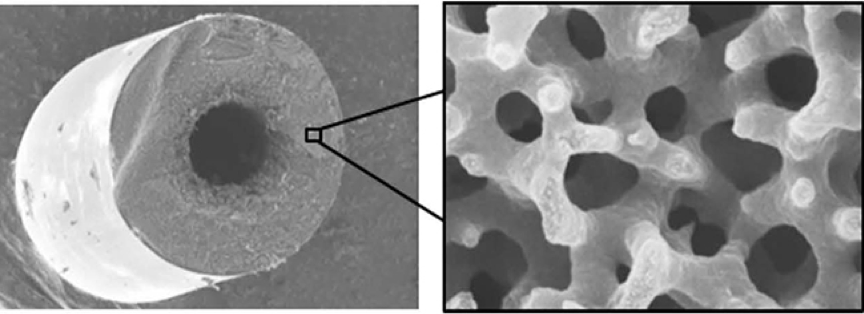
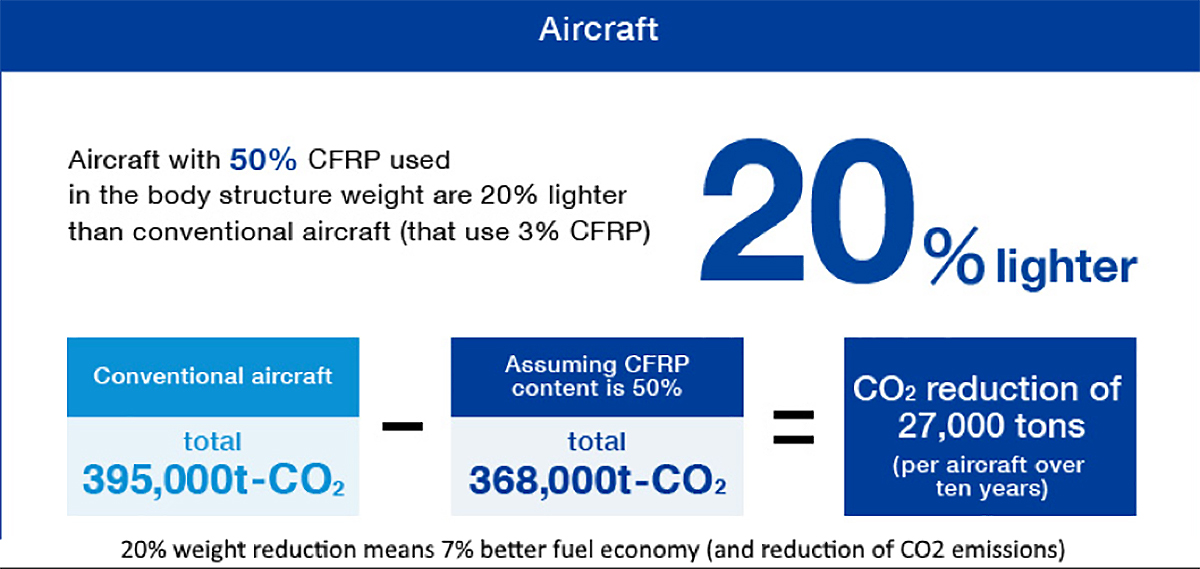
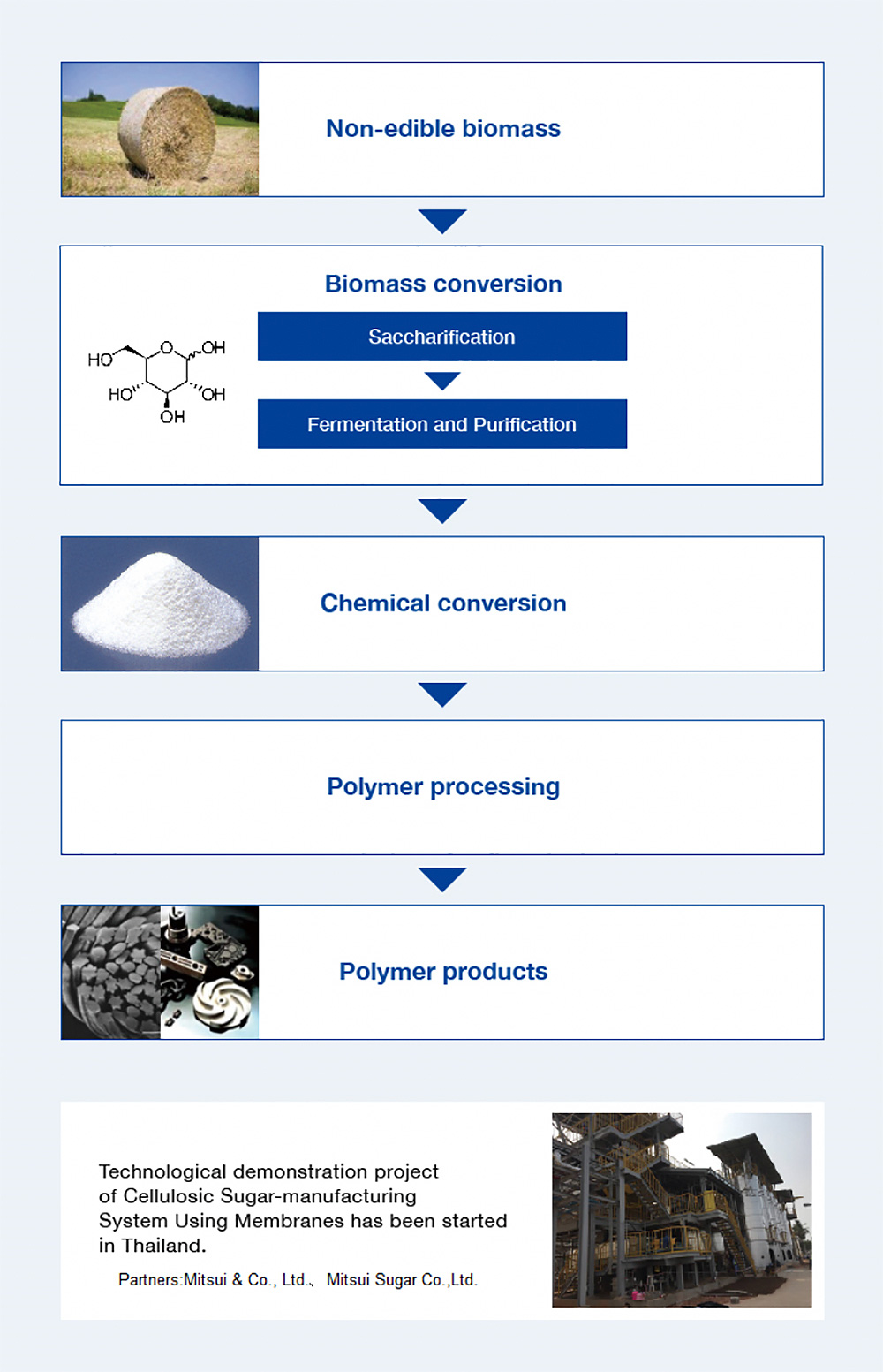

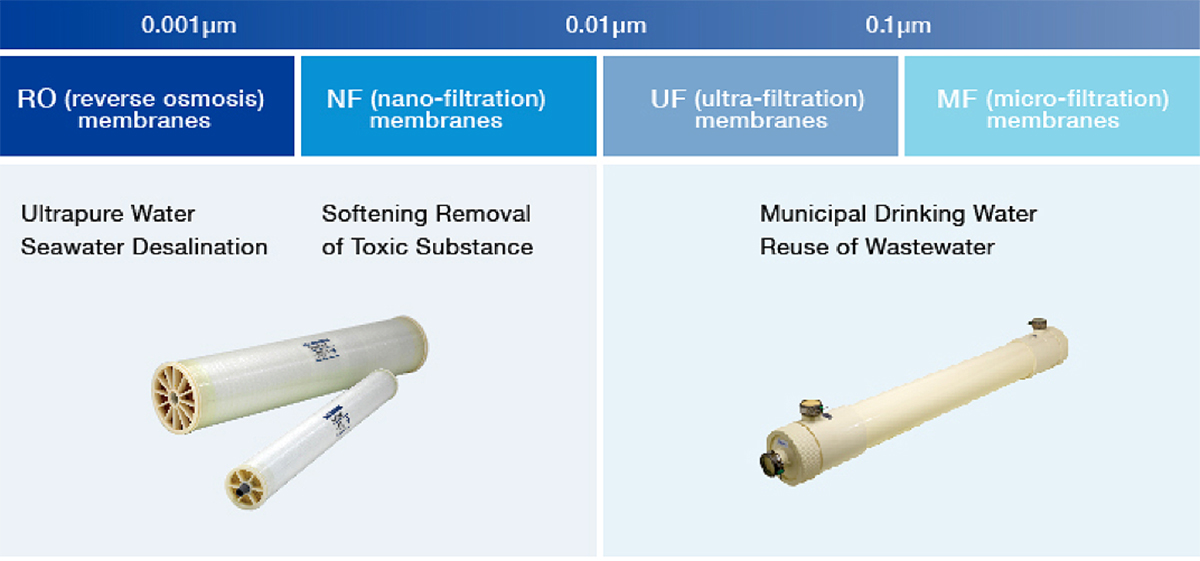

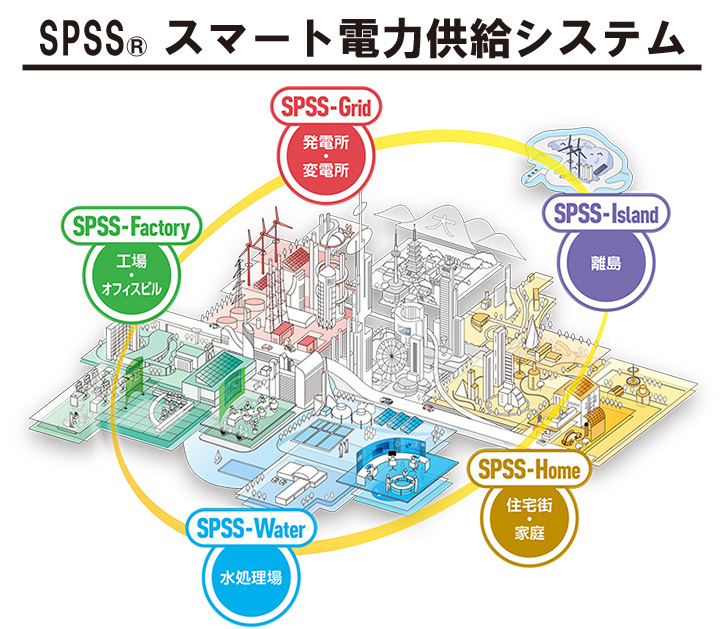
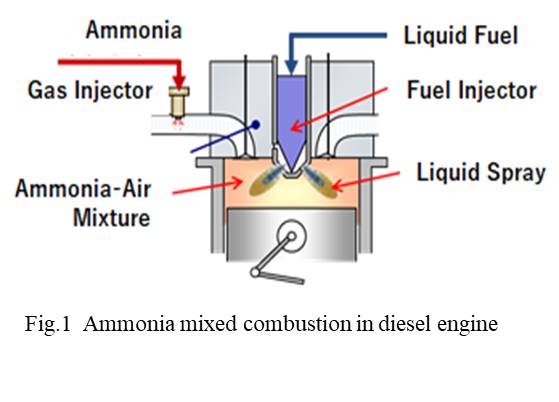
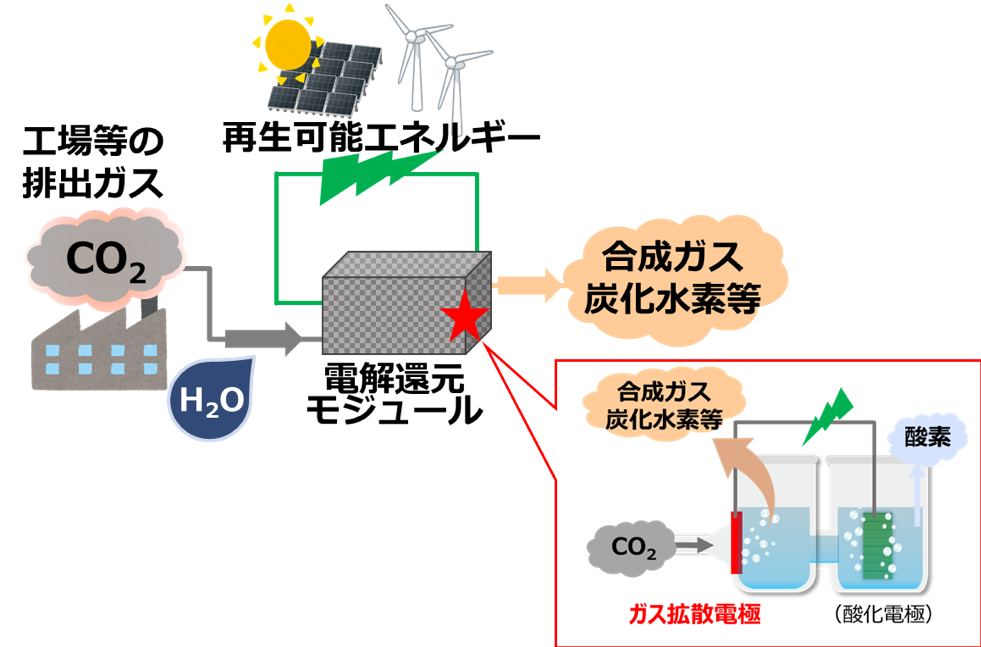
-1人工光合成技術.jpg?id=2&tid=759&imageNumber=1)